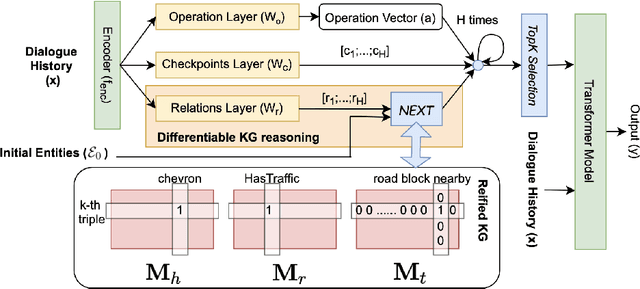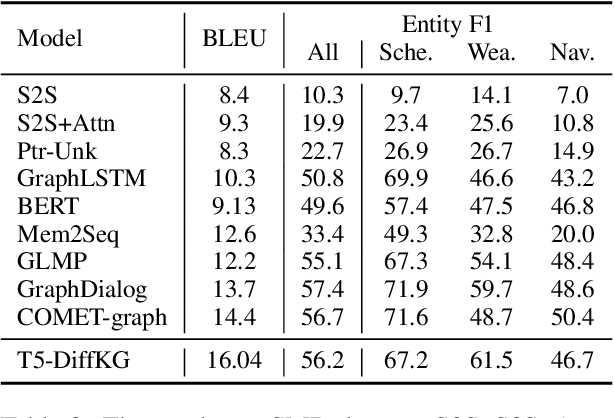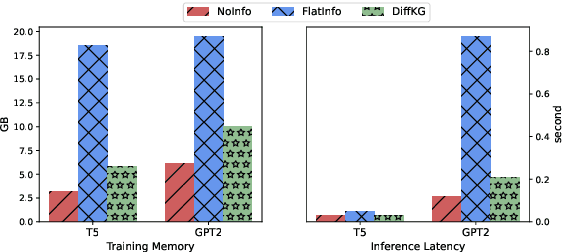Sajjad Beygi
Towards Large-Scale Interpretable Knowledge Graph Reasoning for Dialogue Systems
Mar 20, 2022



Abstract:Users interacting with voice assistants today need to phrase their requests in a very specific manner to elicit an appropriate response. This limits the user experience, and is partly due to the lack of reasoning capabilities of dialogue platforms and the hand-crafted rules that require extensive labor. One possible way to improve user experience and relieve the manual efforts of designers is to build an end-to-end dialogue system that can do reasoning itself while perceiving user's utterances. In this work, we propose a novel method to incorporate the knowledge reasoning capability into dialogue systems in a more scalable and generalizable manner. Our proposed method allows a single transformer model to directly walk on a large-scale knowledge graph to generate responses. To the best of our knowledge, this is the first work to have transformer models generate responses by reasoning over differentiable knowledge graphs. We investigate the reasoning abilities of the proposed method on both task-oriented and domain-specific chit-chat dialogues. Empirical results show that this method can effectively and efficiently incorporate a knowledge graph into a dialogue system with fully-interpretable reasoning paths.
Logical Reasoning for Task Oriented Dialogue Systems
Feb 08, 2022



Abstract:In recent years, large pretrained models have been used in dialogue systems to improve successful task completion rates. However, lack of reasoning capabilities of dialogue platforms make it difficult to provide relevant and fluent responses, unless the designers of a conversational experience spend a considerable amount of time implementing these capabilities in external rule based modules. In this work, we propose a novel method to fine-tune pretrained transformer models such as Roberta and T5. to reason over a set of facts in a given dialogue context. Our method includes a synthetic data generation mechanism which helps the model learn logical relations, such as comparison between list of numerical values, inverse relations (and negation), inclusion and exclusion for categorical attributes, and application of a combination of attributes over both numerical and categorical values, and spoken form for numerical values, without need for additional training dataset. We show that the transformer based model can perform logical reasoning to answer questions when the dialogue context contains all the required information, otherwise it is able to extract appropriate constraints to pass to downstream components (e.g. a knowledge base) when partial information is available. We observe that transformer based models such as UnifiedQA-T5 can be fine-tuned to perform logical reasoning (such as numerical and categorical attributes' comparison) over attributes that been seen in training time (e.g., accuracy of 90\%+ for comparison of smaller than $k_{\max}$=5 values over heldout test dataset).
 Add to Chrome
Add to Chrome Add to Firefox
Add to Firefox Add to Edge
Add to Edge